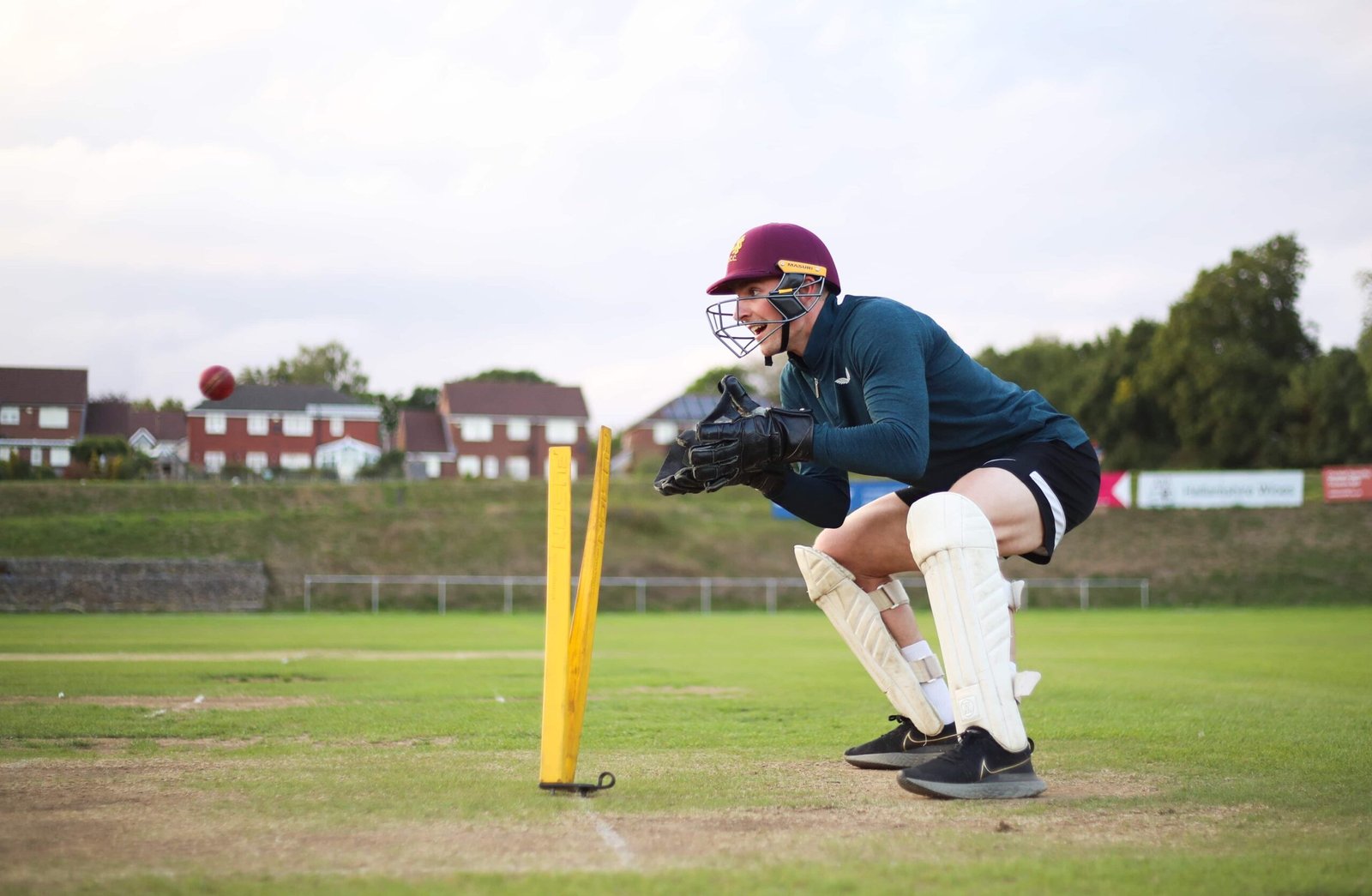The Duckworth-Lewis (D/L) method is a mathematical formula used in cricket to adjust the target score for the team batting second when a limited-overs match is disrupted by weather conditions, such as rain. Developed in the 1990s by Frank Duckworth and Tony Lewis, this method ensures fairness by accounting for the circumstances of the interruption. It factors in key elements like the remaining overs, the number of wickets lost, and the performance of the team batting first to calculate a revised target.
The formula used is as follows:
Team 2’s par score = (Team 1’s score) × (Team 2’s resources ÷ Team 1’s resources).
Before arriving at the revised target, the Duckworth-Lewis method evaluates certain conditions to maintain fairness and reflect the impact of the disruption on the match dynamics.
- Initial Conditions:
- Determine the resources available to both teams at the point of interruption. This includes the number of overs each team was originally scheduled to play and the number of wickets lost by the team batting first.
- Run Rate Calculation:
- Calculate the scoring rate of the team batting first up to the point of interruption. This is usually expressed as runs per over.
- Resource Percentage:
- Calculate the percentage of resources (overs and wickets) remaining for both teams. This is done by comparing the resources available at the time of interruption with the resources initially allocated.
- Calculate the percentage of resources (overs and wickets) remaining for both teams. This is done by comparing the resources available at the time of interruption with the resources initially allocated.
- Par Score Calculation:
- Use a pre-determined table or algorithm provided by the Duckworth-Lewis method to determine the par score for the team batting second based on the resources available to them.
- Adjustment for Target Score:
- Adjust the par score based on the number of overs lost by the team batting second due to the interruption. This adjustment accounts for the reduced opportunity to score runs.
- Resulting Target Score:
- The adjusted target score calculated in step 5 becomes the revised target for the team batting second.
For example: If Team ‘B’ fails to reach the par score then they have lost. For example, if a rain delay means that Team ‘B’ only has 90% of resources available, and Team ‘A’ scored 250 with 100% of resources available, then 250 × 90% / 100% = 225, so Team ‘B’s target is 226, and the score to tie is 225. For more information:






